Course Language: English

Master Hollywood Orchestration: MAKE YOUR MUSIC SOUND LIKE THE MOVIES
1 → SCORE ANALYSIS: The first part of the course we'll spend time analyzing some of the most iconic Hollywood scores. The scores are reduced so you easily understand how it was orchestrated.
2 → ORCHESTRATION TAKEAWAYS: The second part of the course discusses the orchestration techniques learned during the analysis and how to replicate them with sample librares.
3 → WALKTHROUGHS (MOCKUPS & LIVE ORCHESTRA): Finally, with what we've learned we'll deconstruct three pieces that we've composed using the techniques that we've learned. Three Walkthroughs: Two Mockups and one full score (live orchestra)
- WHAT'S IN THE COURSE? -
(Click ▶️ to Watch)

Master Hollywood Orchestration: MAKE YOUR MUSIC SOUND LIKE THE MOVIES
- WHAT'S IN THE COURSE? -
(Click ▶️ to Play video)
1 → SCORE ANALYSIS: The first part of the course we'll spend time analyzing some of the most iconic Hollywood scores. The scores are reduced so you easily understand how it was orchestrated.
2 → ORCHESTRATION TAKEAWAYS: The second part of the course discusses the orchestration techniques learned during the analysis and how to replicate them with sample librares.
3 → WALKTHROUGHS (MOCKUPS & LIVE ORCHESTRA): Finally, with what we've learned we'll deconstruct three pieces that we've composed using the techniques that we've learned. Three Walkthroughs: Two Mockups and one full score (live orchestra)
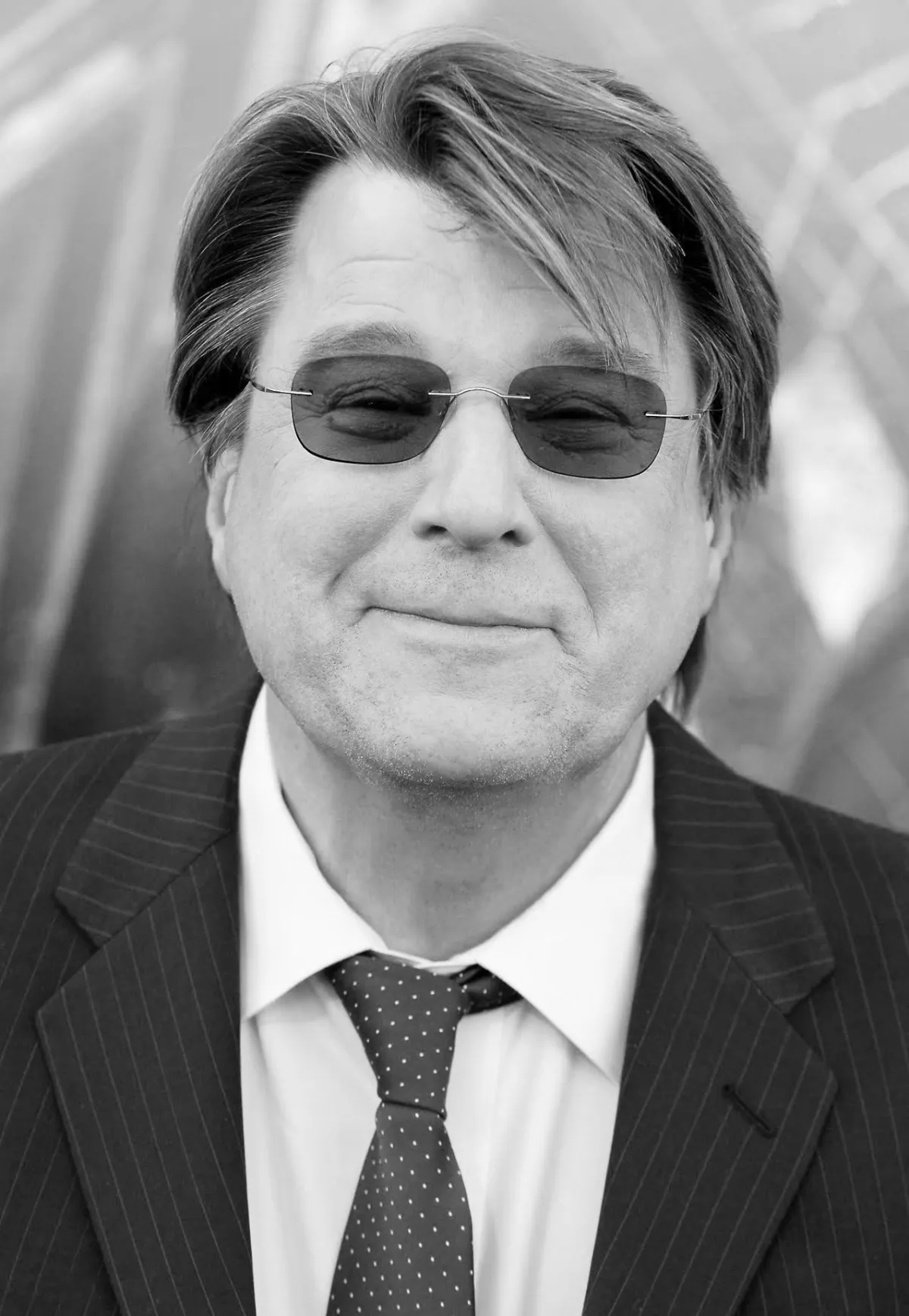
Christopher Young - Composer: Spider Man
Marc Jovani is the real deal. His courses are a hit! This course is exactly what you need to get started as a composer!
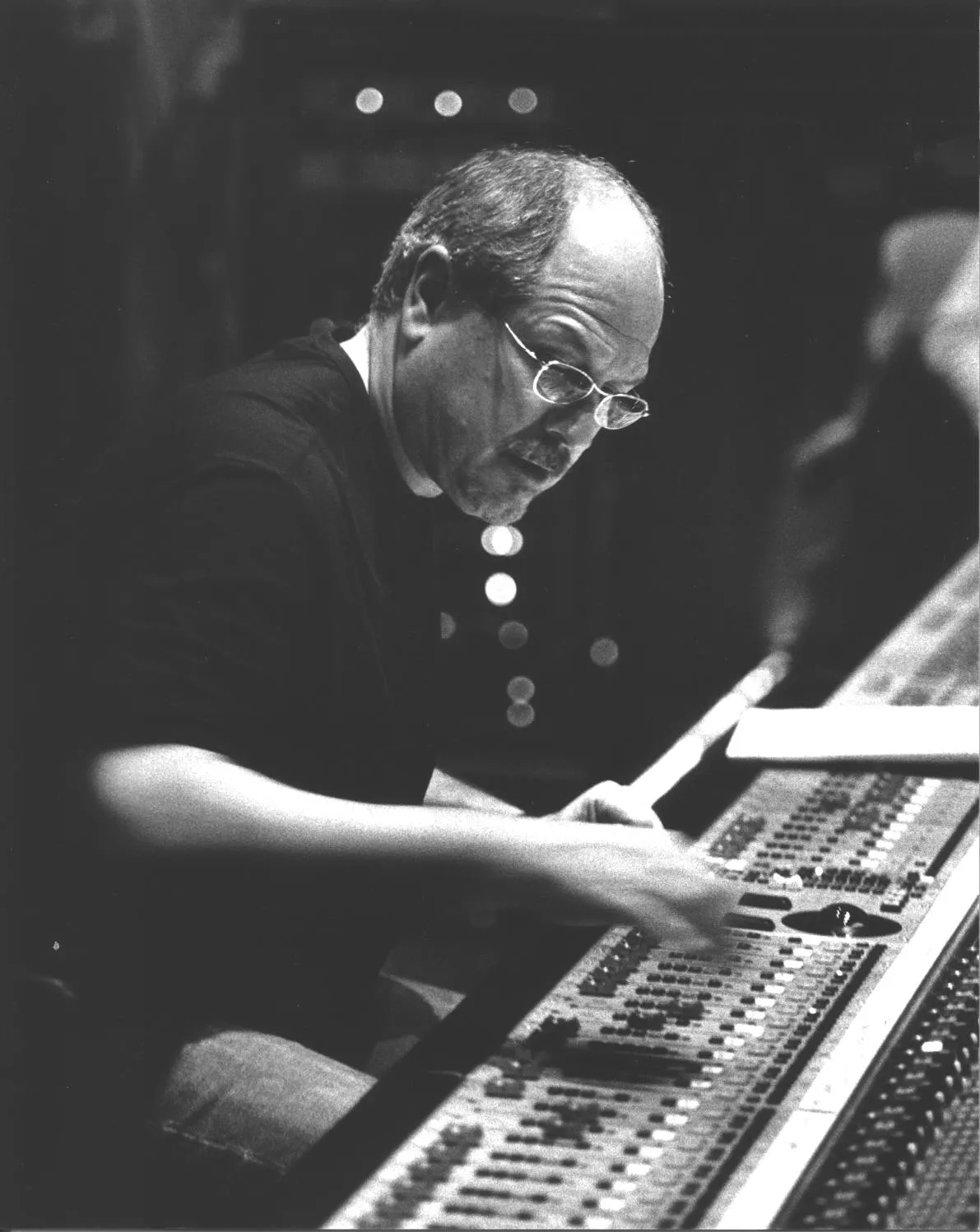
Dennis Sands - Mixing Engineer: Avengers
Marc's courses are excellent. They provide both a foundation and advanced techniques. If you're getting started, this course is perfect for you!
HOLLYWOOD ORCHESTRATION: ICONIC THEMES
– Learn from the GREATEST COMPOSERS. Understand their ORCHESTRATION TECHNIQUES –
THEN APPLY THESE TECHNIQUES TO YOUR MOCKUPS
| PART 1 | PARTS 1 & 2 | MEGA BUNDLE PARTS 1, 2 & 3 PLUS BONUSES |
|
|---|---|---|---|
| REGULAR PRICE |
$199
|
$299
|
$2,393
|
| EARLY BIRD PRICE |
$129
Save $70
|
$179
Save $120
|
$199
Save $2,194
|
| PART #1: ANALYSIS - HOLLYWOOD ICONIC THEMES | |||
John Williams - Jurassic Park
|
✓ | ✓ | ✓ |
Alan Silvestri - Forrest Gump
|
✓ | ✓ | ✓ |
John Williams - Star Wars
|
✓ | ✓ | ✓ |
| PART #2: ORCHESTRATION TECHNIQUES | |||
| Strings (Divisi) | ✕ | ✓ | ✓ |
| Brass (Voicings) | ✕ | ✓ | ✓ |
| Woodwinds (Blend) | ✕ | ✓ | ✓ |
| PART #3: WALKTHROUGHS | |||
| Mockup - Modern Uplifting Theme | ✕ | ✕ | ✓ |
| Mockup - Love Theme | ✕ | ✕ | ✓ |
| Full Score (Live Orchestra) - Adventure Theme | ✕ | ✕ | ✓ |
| BONUSES | |||
| MIDI Files (For practicing) | ✕ | ✕ | ✓ |
| Career Accelerator | ✕ | ✕ | ✓ |
| Orchestration Course (usually $997) | ✕ | ✕ | ✓ |
| Harmony Course (usually $997) | ✕ | ✕ | ✓ |
LAUNCH: Special price, bundle, and bonuses
– Please read carefully –
1. The "MEGA" Bundle is only available during the launch.
After the launch, the "MIDI Files" and the "Career Accelerator" will be removed from the offer.
Also, the "Career Accelerator" is a series of trainings that are only available inside our mentoring programs, but we don't sell them separately. So after the launch, this won't be available for sale anywhere else.
2. We're including TWO ADDITIONAL BONUSES that you get for FREE
(available only during launch and limited to spots)
*First 100 →Orchestration Course ($997) (12 left)

*First 300 → Harmony Course ($997) (212 left)

3. THE PRICE WILL GO UP AFTER THE LAUNCH
After the launch, not only the "MEGA" bundle will disappear, but also the Hollywood Orchestration course price will go up (from $199 to $399)
Take advantage of the special offer during the early bird launch!
EARLY BIRD SPECIAL PRICE ENDS ON:
Ends on .
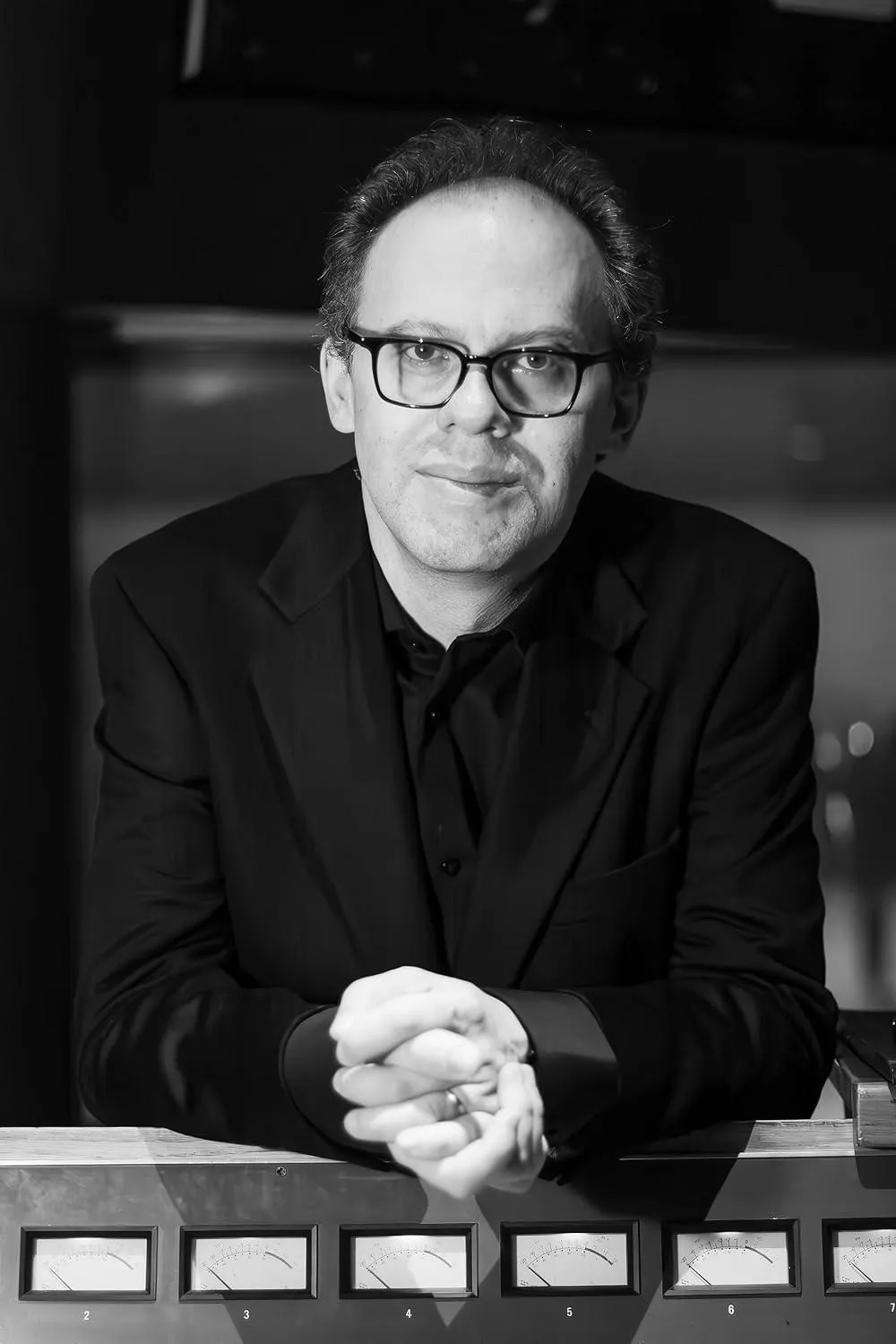
Jose Cancela - 5 Time Emmy Award Winning Composer
What Marc is creating with Cinematic Composing and all its courses was very much needed in this industry. Everything that you need to know to get started and beyond is right here!
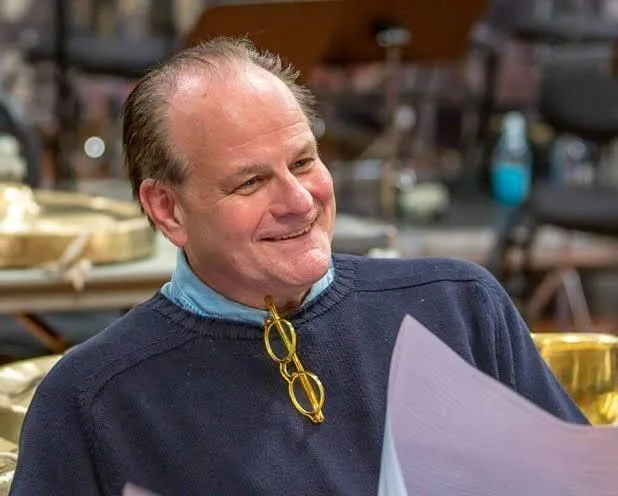
Conrad Pope - Orchestrator: John Williams (Star Wars)
Marc is opening doors and giving access to the best knowledge to so many people who want to get started as composers. The content you find here is hard to find anywhere else. Keep it up!
WHAT'S INSIDE
HOLLYWOOD ORCHESTRATION:
ICONIC THEMES?
We've broken down orchestration into a clear, three-step journey:
1. DISCOVER (Score Analysis)
Through detailed score analysis of iconic themes like Jurassic Park, Star Wars, and Forrest Gump, you'll uncover how the masters construct their most memorable moments.
2. UNDERSTAND (Orchestration)
We'll break down specific orchestration techniques for Strings, Brass, and Woodwinds - exploring WHY they work, not just WHAT they are. You'll learn concrete solutions for:
Building powerful themes from the ground up
Creating that "Hollywood sound" with strings, brass, and woodwinds
Making themes sound bigger through smart orchestration
3. APPLY (Composing inside your DAW using Sample Libraries)
Turn these insights into real music using your sample libraries. You'll learn:
Practical DAW techniques for each orchestration concept
How to adapt orchestral techniques for sample libraries
Real-world solutions for common mock-up challenges
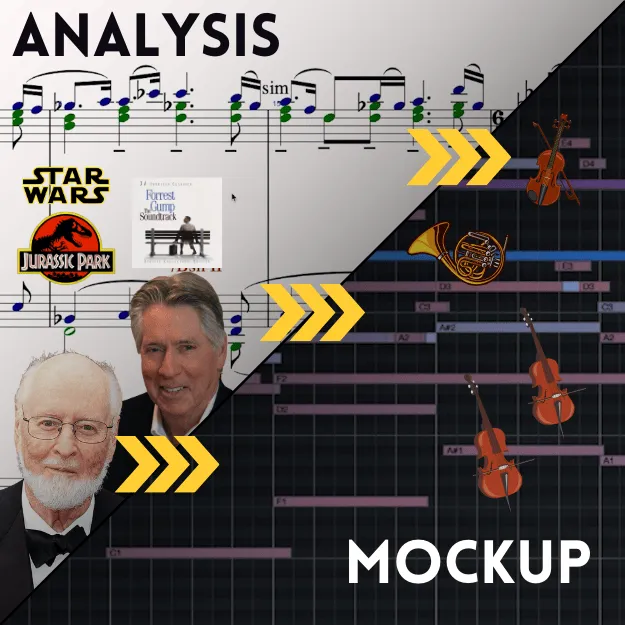
BUT... This will make me sound "like these other composers" !"
Yes, if you copy this your sound will resemble what you hear in TV and Movies.
Use this to study. Use this as a starting point . Use it to fast-track years of work on our end...
Then sprinkle what you've learned here with your own unique touch , your own voice, your unique talent...
But don't try to figure thing everything out by yourself. Learn from the masters. Understand their solutions. Then, add your voice.
Examples:

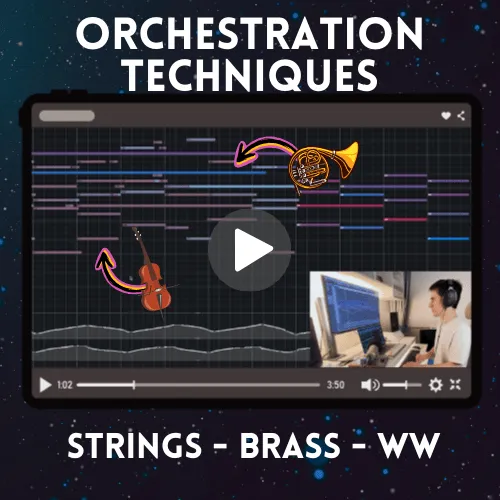

CHOOSE THE PACKAGE THAT WORKS BEST FOR YOU

TAKE A QUICK LOOK INSIDE THE COURSE
In this course takes from the score analysis, to the orchestration takeaways, all the way to applying the learned concepts when composing your own music
Intro: Understanding Score Reductions
PART #1 - SCORE ANALYSIS
Example Part #1 - Listening the Theme
Example Part #1 - Score Analysis
Example Part #1 - Score Analysis
PART #2 - ORCHESTRATION
Example Part #2 - Understanding Orchestral Techniques
WORKING WITH STRING IN YOUR DAW
PART #3 - WALKTHROUGHS
MOCKUP (IN YOUR DAW with SAMPLE LIBRARIES) or SCORE (LIVE ORCHESTRA)
Example Part #3 - MOCKUP WALKTHROUGHS
You'll learn how Felipe composed this EPIC cue
Example Part #3 - MOCKUP WALKTHROUGHS
You'll see how Felipe composed a beautiful LOVE theme and the orchestral choices he made to bring out the emotion in the music
Example Part #3 - FULL SCORE WALKTHROUGHS
Felipe composed and recorded this piece. Through a series of videos, he will share the score with you, explain his orchestration decisions, and discuss the reasons behind them.
High-Impact Videos & Lessons
Each lesson has been split into bite-sized chunks so you don't get overwhelmed with a flood of information. Take the course at your own pace, and really study the lessons as you apply the actionable lessons to your business.
Group Coaching
You will have the opportunity to work through any roadblocks you encounter during our Group Coaching Meetings. These are specific times the teachers at Cinematic Composing will be available inside of a video chat room where you can jump in to have your burning questions answered. Stay for as long as you'd like to listen in on other people’s questions, or leave as soon as you have your questions answered. These often turn into impromptu lessons as I elaborate on specific topics or start digging into someone's composing career.
Private Group With Everyone In The Community
Interact with other students who are going through some of your same struggles. Everyone inside of the community will be participating in group discussions inside our group. This will be a constant source of encouragement, accountability, community, and a place where lifelong friends will be forged.
Go At Your Own Pace
This special offer ends on .
BUT you can go at your own pace. Don’t need to follow the course’s schedule.
The course materials do not expire and you’ll have access to them for life. Even for the future course updates and improvements!
The duration is 6-8 weeks approx. You can do it a bit faster, or take as much time as you want/need.
Or you could even take advantage of the discount now, and be doing the course later.
ACCESS
FOR LIFE
GO AT YOUR
OWN PACE
FREE
UPDATES
7 DAY MONEY BACK GUARANTEE
If you're not satisfied with the courses, get in touch within 7 days and we'll give you a full refund.*
*Conditions apply. Read Terms and conditions.
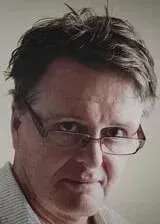
Peter Moore - Melbourne, Australia
Great supportive group to be a part of. Real people with real struggles and dreams. Lovin' it!
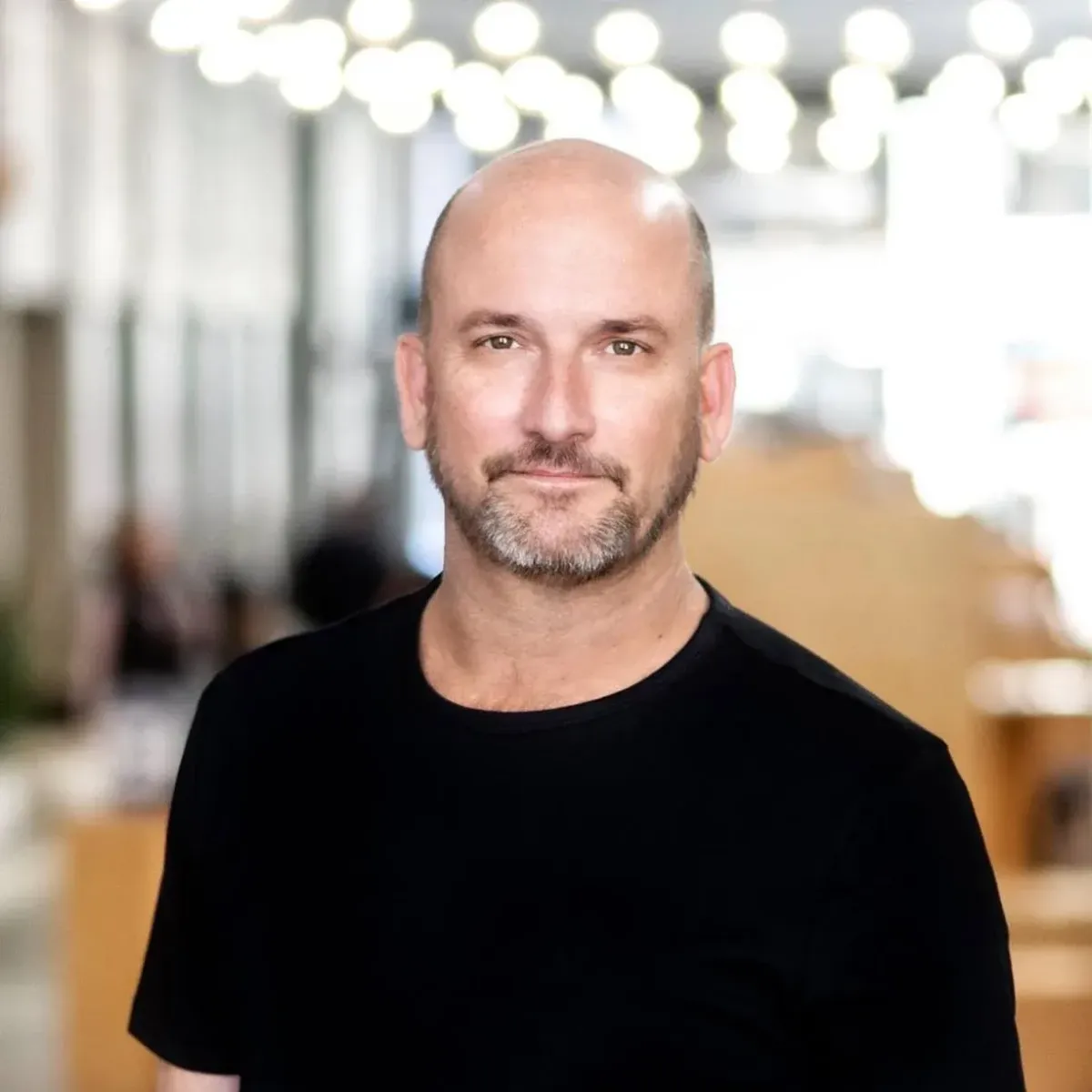
Thomas Rhea - Virginia, USA
I am only into day 2, I am so impressed! The chat/interactive video chat... and the customer service is WAY more than I thought this experience was going to be!

Steven Swartz - Los Angeles, USA
These courses have been a fantastic experience thus far. I'm already learning more than I ever could. It's far superior than just searching for online tuts. This course is all a hit!.
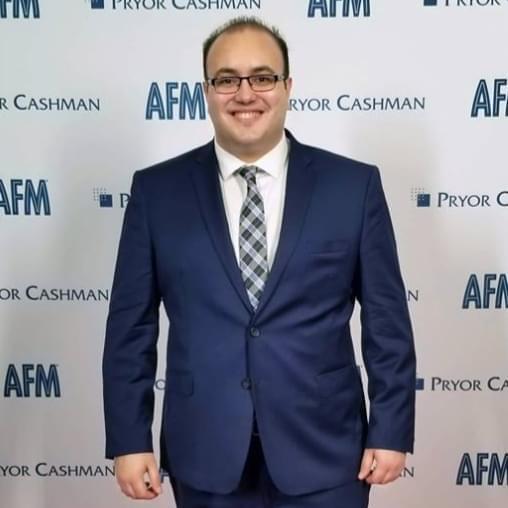
Medhat Hanbali - Toronto, Canada
Whether it’s a film, TV show, video game or music production, the information you will learn in this class is very valuable and will be useful for the rest of your career.
WEEKLY LIVE CLASSES
PRIVATE COACHING COMMUNITY
PERSONAL MENTOR

Click ▶️ to listen to Felipe's music
Felipe Moreno
Active Film Composer and Orchestrator based in Los Angeles
.Studied orchestration under Pete Anthony (Hollywood orchestrator)
.Recorded at Warner Brothers Scoring Stage
.USC Screen Scoring graduate (2024)
WHAT DO OUR STUDENTS SAY?

Nelson Sandoval
I've been quite impressed with the amount of knowledge and experience shared by Mark in his course.... He has truly mastered his process and he invites us to learn and read the benefits of his experience. I highly recommend Cinematic Composing to anyone who wants to get busy making orchestral music! ❤
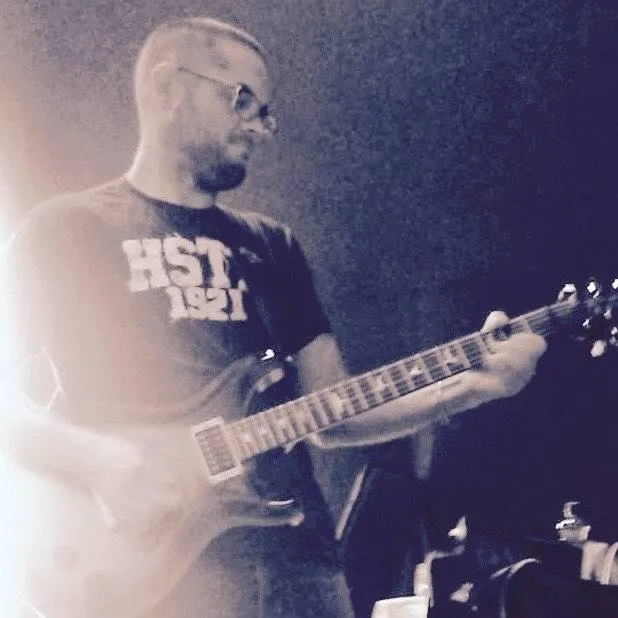
Umberto Pisano
Explanations and videos are clear and to the point, and Mark is a great teacher and mentor.Great job guys! I would really recommend this course!
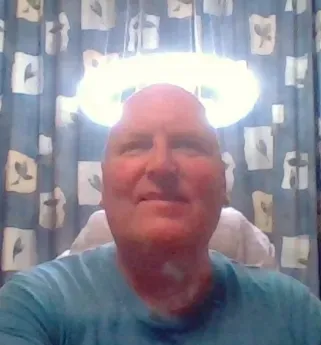
Josef Lindlbauer
Really amazing stuff for beginners. Marc takes you by the hand, and even tells you what sequencer, MIDI controllers and audio equipment best to use. Thank you Marc for putting this out!
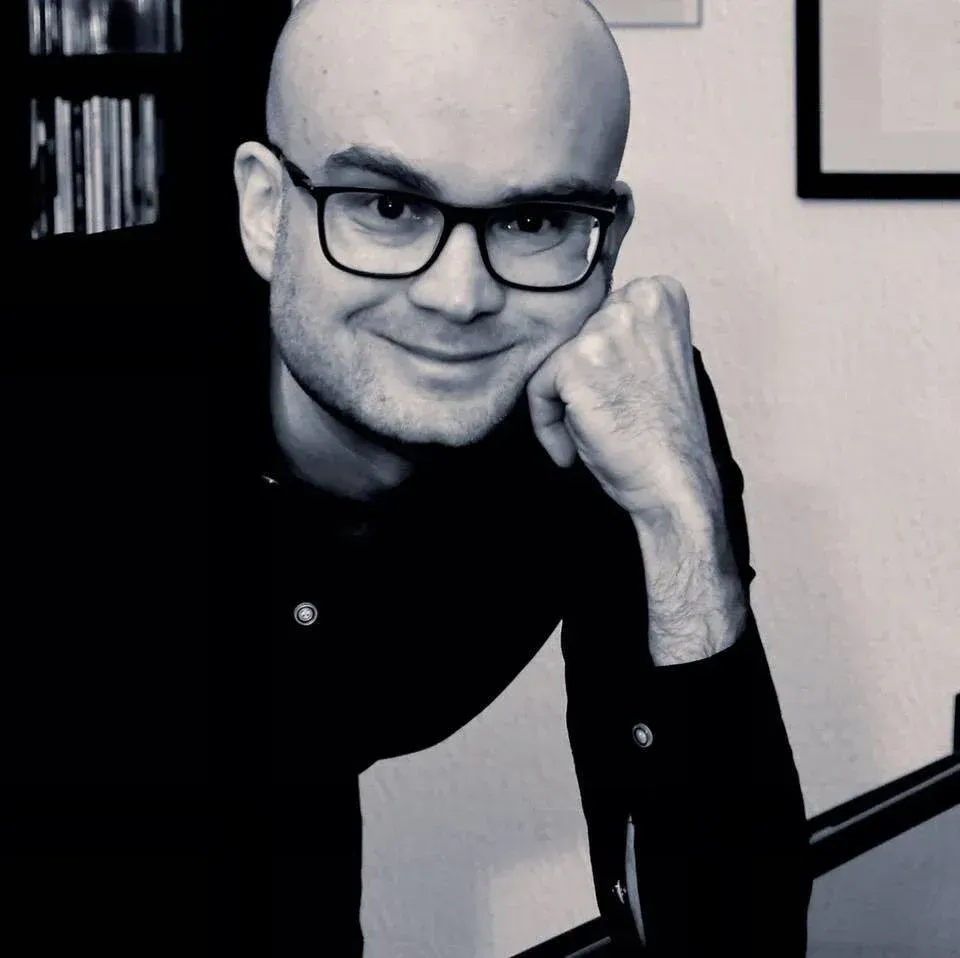
Francesco Menici
The course is very interesting, detailed and professional! The lessons are very well structured and useful for both professionals and beginners. Marc Jovani conveys great enthusiasm and helps to achieve your goal. THANK YOU MARC!!! THANK YOU CINEMATIC COMPOSING!!

Sarvar Kaziev
I’ve learned a lot in such a short time.. It is easy to follow our great instructor Marc Jovani. He has a great experience and makes it possible for us to follow him into the magical world of composition. To my knowledge it’s one of the best remote courses out there.live classes
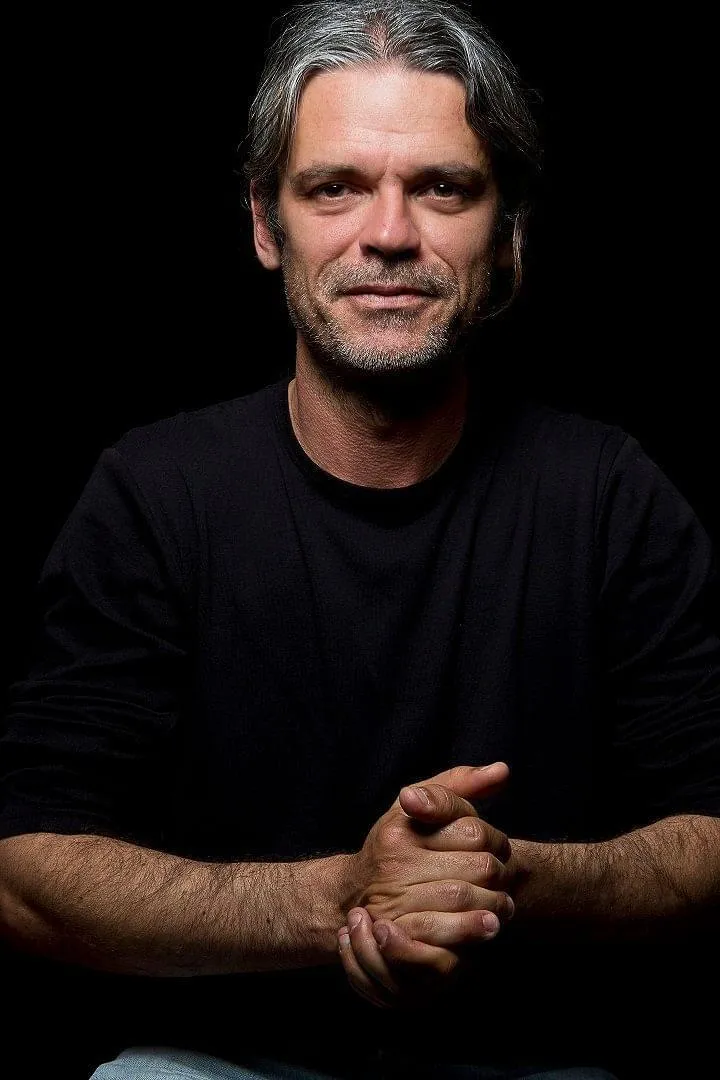
David Ramos Martel
On the road to orchestral composition using virtual instruments, this is the best online course I found. It is clear, concise, and practical. Of course, highly recommended.
"HOLLYWOOD ORCHESTRATION: ICONIC THEMES"
Partial Curriculum
INTRODUCTION
UNDERSTANDING ORCHESTRAL REDUCTIONS
• What is an orchestral reduction and why is it used for analysis?
• How do composers indicate when multiple instruments are playing the same line?
• What do the "+" and "-" symbols tell us about instrumental combinations?
• How do parentheses and brackets serve different purposes in orchestral reductions?
READING INSTRUMENTAL LAYERS
• How can you quickly identify which instruments are playing in unison?
• What's the significance of instrument order in a "tower" notation?
• How do composers indicate when voices cross or exchange parts?
• When and why would you use octave indications instead of writing out all parts?
• What's the difference between actual pitch and concert pitch in reductions?
NAVIGATION TECHNIQUES
• How do slashes and arrows help track voice movement between staves?
• What methods exist for showing instrument entries and exits?
• Why might composers choose different notation styles for the same musical content?
• How do you interpret when instruments play in octaves vs. unison?
• What role do simile markings play in orchestral reductions?
PRACTICAL CONSIDERATIONS
• Why aren't orchestral reductions meant to show every detail?
• How do reductions help understand orchestration choices?
• What's the relationship between full scores and reductions?
• When should you reference the original score vs. the reduction?
• How can you use reductions to improve your own orchestration?
PART #1: ANALYSIS (HOLLYWOOD ICONIC THEMES)
JURASSIC PARK
JURASSIC PARK - STRINGS ANALYSIS - PRACTICAL TAKEAWAYS
• Why starting themes in lower registers (like violas) gives you more arrangement possibilities later - Williams' approach to theme development
• The orchestration trick behind dividing cellos but not violins - creating warmth without losing intensity
• How to create a "3D" string sound by spacing violins, violas and cellos in specific registers
• The "2-octave rule" - Williams' technique for maintaining clarity between high and low strings
• How to make string arrangements sound "bigger" by strategic placement of divided second violins
JURASSIC PARK - STRING DOUBLING TAKEAWAYS
• Williams' approach to woodwind combinations - how to combine specific instruments to create a homogeneous "woodwind sound" vs. distinct colors
• The "hidden rule" of doubling - why certain instruments always double the strings but others are used selectively
• How to effectively layer woodwinds in octaves - creating that soaring Hollywood sound while maintaining clarity
• The clever way Williams uses horns with strings - creating warmth without muddiness
• "Crossfading" between different instrument combinations - making your orchestration "breathe"
JURASSIC PARK THEME B - DEVELOPMENT TAKEAWAYS
• How Williams creates power by combining woodwinds in triple octaves - a technique you can replicate with your libraries
• The clever way strings support without competing - why first violins play background instead of melody
• Why the "empty middle register" technique makes your orchestration sound bigger - strategic placement of instruments
• How to effectively use brass in the mid-register - Williams' approach to trombones and horns placement
• "Never underscore the melody" - why having multiple instruments play the tune in different octaves creates that soaring sound
• The secret behind choir placement - how to add voices without overpowering the orchestra
• Williams' approach to transitions - how to build excitement through strategic instrument additions
JURASSIC PARK THEME A (SECOND TIME) - PRACTICAL TAKEAWAYS
• How Williams makes the same theme sound fresh - strategic changes in orchestration that you can apply to your repetitions
• The secret behind moving from viola to violin register - why starting low gives you more dramatic options later
• Advanced layering: How to combine trumpets with strings without overpowering them
• Why adding movement (like string ostinatos) transforms repeated themes - making your second statements more impactful
• The "hidden detail" technique - how percussion and subtle elements create forward momentum without changing the core theme
• Creating contrast through register expansion - why the second statement works in a higher register
JURASSIC PARK CLIMAX - PRACTICAL TAKEAWAYS
• The "full power" technique - how to combine trumpets, woodwinds and strings for maximum impact
• Why moving the melody to trumpets (instead of strings) creates the ultimate climax
• The secret behind divided string movement - creating excitement while maintaining harmonic support
• How to properly handle brass in fortissimo - Williams' approach to register placement for maximum power
• Strategic use of low brass - why trombones are crucial for the mid-low register in big moments
• The art of percussion timing - how to enhance climaxes without overwhelming the orchestra
• Creating effective crescendos - Williams' technique for building to the peak moment
• Why certain instruments rest during the climax - strategic orchestration choices that create clarity in big moments
FORREST GUMP
Coming soon (December 19th)
•
•
•
STAR WARS
Coming soon (December 31st)
•
•
•
PART #2: ORCHESTRATION TECHNIQUES
STRINGS
STRING DIVISI FOR SAMPLE LIBRARIES
• Why real-world divisi rules are different from sample library divisi - and how to adapt your writing
• The "bottom-up" approach - why dividing cellos first gives you better results with samples
• Why you should avoid dividing first violins and double basses in sample libraries
• How to create the illusion of divisi using different libraries and microphone positions
• The chamber strings trick - how to effectively fake divisi sections
• Why understanding real orchestral divisi helps you make better choices with sample libraries
• Creating realistic divisi effect when your libraries don't have dedicated divisi patches
WORKING WITH STRING IN YOUR DAW
• How to start with a piano sketch and effectively distribute voices to strings
• The layering method - combining different string libraries to create convincing divisi
• Why thinking in "functions" rather than individual parts leads to better mock-ups
• Creating depth by strategic placement of second violins between melody lines
• The "enhancement trick" - using separate tracks for harmonic movement and counterpoint
• How to maintain independence between divided sections in your DAW
• When to use ensemble patches vs. individual sections for better realism
• The art of blending different string libraries for richer divided textures
ADVANCED STRING TECHNIQUES IN YOUR DAW
• The "Layers First" approach - why starting with ensemble patches leads to better mock-ups
• How to handle the "Keyboard Effect" - techniques to avoid artificial-sounding string arrangements
• The smart way to create convincing octave arrangements without doubling patches
• Why splitting middle voices into separate tracks creates more realistic-sounding harmonies
• The volume compensation technique - how to make divided sections sound natural
• Advanced string doubling - strategic ways to combine first violins, second violins, and cellos
• When to use unison vs. octaves in string arrangements
• The ensemble patch trick - how to start with full sections and gradually split for detail
• Creating realistic string harmony without overwhelming your CPU and track count
BRASS
Coming soon (December 19th)
•
•
•
WOODWINDS
Coming soon (December 31st)
•
•
•
PART #3: WALKTHROUGHS
MOCKUP - MODERN UPLIFTING THEME
(TORCH OF THE NIGHT)
TORCH OF THE NIGHT SECTION A ANALYSIS - PRACTICAL TAKEAWAYS
• How to combine 6 horns with brass chords - creating that classic Hollywood heroic sound
• The "hidden attack" technique - using marcato with sustain for powerful brass writing
• Creating effective string counterpoint - why register placement is crucial for clarity
• The low strings trick - how divided cellos and strategic bass notes create a rich foundation
• Why certain woodwind combinations work better than others for doubling
• Piano and reverb - using piano effectively in orchestral arrangements
• How to layer choirs without overwhelming the orchestra
• The art of crescendos - using "performance" samples effectively
• Smart layering techniques for percussion - creating impact without muddiness
TORCH OF THE NIGHT SECTION A2 - PRACTICAL TAKEAWAYS
• How to make repetitions sound fresh - strategic changes in orchestration
• The power of second violins and violas divisi - creating rich harmonies without losing clarity
• Advanced brass layering - combining 6 horns with trumpet countermelodies
• The woodwinds harmony trick - using ensemble patches effectively
• Creating momentum through counter-rhythms in piano and harp
• Why changing snare colors and layering adds excitement to repetitions
• The transition technique - how to build excitement through percussion and brass crescendos
TORCH OF THE NIGHT SECTION B - PRACTICAL TAKEAWAYS
• How to write expressive melodies for string sections - cello vs. violin approaches
• The horn layering secret - combining solo horns and ensembles for emotional impact
• Creating effective string harmony using violas divisi - the "warm bed" technique
• Why low register control is crucial - strategic use of basses and divided cellos
• The art of woodwind doubling - when and how to support string melodies
• Creating movement without busyness - effective piano and harp writing techniques
• The power of pre-recorded crescendos - making sample libraries sound more realistic
• Smart layering of multiple snares - creating detailed but balanced percussion
• How to handle brass in lyrical sections - the horn placement trick
TORCH OF THE NIGHT SECTION B (REPETITION) - PRACTICAL TAKEAWAYS
• The "octave spread" technique - how to effectively write for violins 1 & 2 in octaves
• Creating rich string textures - smart ways to divide violas and cellos without losing power
• The "high strings layer" trick - using multiple string libraries for a bigger sound
• Advanced brass writing - combining trumpets and horns for maximum impact
• How to handle woodwinds in climactic sections - creating effective decorative elements
• The art of orchestral piano writing - using two pianos effectively in big moments
• Creating epic crescendos through multiple brass layers
• The percussion excitement trick - changing snare colors and cymbal layering
• Building effective transitions - using low brass and percussion strategically
• How to make your orchestration "explode" - smart voice distribution in climactic moments
MOCKUP - LOVE THEME
Coming soon (December 19th)
•
•
•
SCORE (LIVE ORCHESTRA) - CREATION IS REBORN
Coming soon (December 31st)
•
•
•
BONUS #1 - LIVE CLASSES

When you buy the course, you'll join the Cinematic Composing community. In this group, we do live classes and masterclasses with Cinematic Composing teachers and Hollywood Composers. You'll have access to these live classes for life.

OUR WORLD WIDE COMMUNITY
A community of more than 16,000 composers like you.
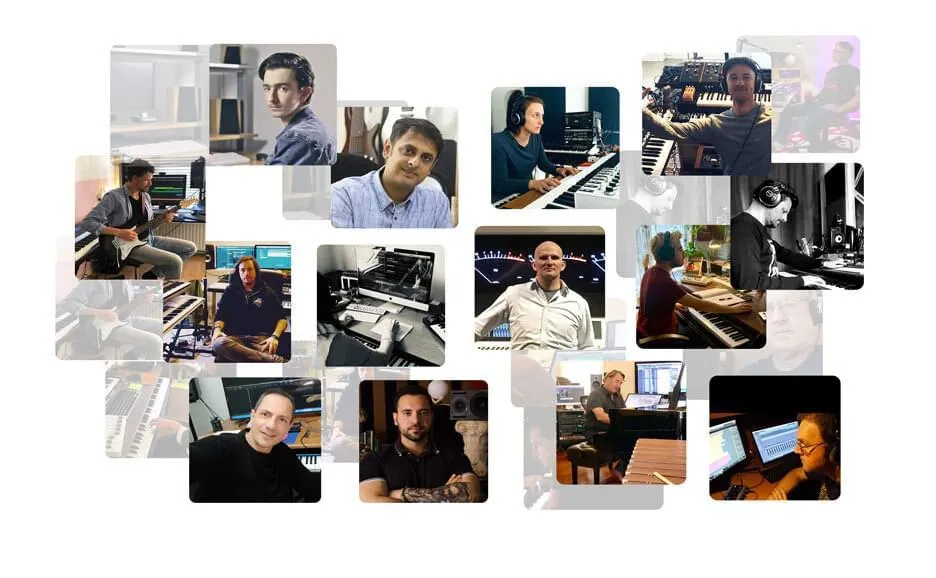
One of the biggest perks of a traditional music school is networking with other talented composers. That's why we've created a private group — inside your membership area — designated for members to collaborate, share work, give/receive feedback, ask questions, share articles, and learn and grow together.
FREQUENTLY ASKED QUESTIONS
What's included in my purchase and how is the content released?
Your purchase includes complete access to the entire Hollywood Orchestration course. While the course is in early access, content is released weekly following this schedule:
Available Now: Course Introduction, Understanding Orchestral Reductions, Jurassic Park Analysis, Strings Techniques, and Torch of the Night Walkthrough
December 19th: Forrest Gump Analysis, Brass Techniques, and Love Theme Walkthrough
December 26th: Star Wars Analysis, Woodwinds Techniques, and Creation is Reborn Score Walkthrough
You'll have immediate access to all currently released content, and new sections will automatically become available on their scheduled release dates - no additional purchase required. All early access students receive the complete course as each section is released.
I don't have time to take this course right now. Should I still buy it?
YES. You can go at your own pace. Don’t need to follow the course’s schedule. The course materials do not expire and you’ll have access to them for life. Even for the future course updates and improvements!
You can do it a bit faster, or take as much time as you want/need.
Or you could even take advantage of the discount now, and be doing the course later. The chat sessions get recorded and you can watch the replay whenever you want.
Also, you’ll have access to the course materials for life, as well as to the Facebook group AND the weekly chats. You can join any weekly chat that you want, even if your course has finished.

I'm using ________ (name any sequencer or score editor here). Can I still take the course?
Felipe uses Cubase and Sibelius. But, all the concepts that you'll learn apply across the board, no matter what sequencer you use. In fact, more than a 1/2 of our students use Logic (DAW) and Dorico as score editor.
The same concept about plugins. You can learn and apply all the concepts taught in the course using any basic plugins. Once you're in the course, you'll have a better idea of what is the next plugin that you wanna buy. Plus, you'll be around a great community of composers who already own those plugins and can give you valuable feedback or advice what library to invest in next.
Also, when you join Mixing for Composers you'll get access to a private Facebook group. The Facebook group is a great place to ask questions if you get stuck. That’s where you’re really going to get a lot of extra help and encouragement when you’re stuck or when you're trying to apply the concepts learned in the course to your own DAW, both from Dennis and from other composers who can speak to your exact issues.
Do I need to buy any plugin before taking this course?
Read the answer to the last question 👆
Also, once you enroll in this course, you can get access to discounts on many sample libraries and plugins! Just ask for a certificate of enrollment once you're in.
This course will pay for itself with the amount of money you'll save from the educational discounts you'll get! ;)
Is this course only in English?
Yes. The contents of this course are only in English at the moment.
How long will I have access to the course materials?
You’ll have access to the course materials for life.
Do I need a Mac to take this course? What type of computer do I need?
You don not need a Mac for this course. Marc uses a PC. Half of our Cinematic Composing students are Mac, the other half are PC.
Any computer, desktop or laptop, with an i5 or similar (i7 desired), 4-8Gb of RAM (16 desired), and 150Gb of free HDD storage for samples (SSD desired) will be enough to get you started. You can always upgrade later.
How is the course built? And is there some kind of certificate we receive at the end?
The course consists of video lessons. At the end of the course, you'll get a certificate of completion.
Do you have a refund policy?
Yes. We are giving you a full 7 DAYS to go through the training, implement what you learn, and watch your production skills begin to grow.
If you reach out within 7 days to show us that you haven’t seen any progress, then we’ll be happy to return the investment.
*Conditions apply. Please read Terms and conditions.
LAST CHANCE PRE-LAUNCH SPECIAL PRICE!
Ends on .
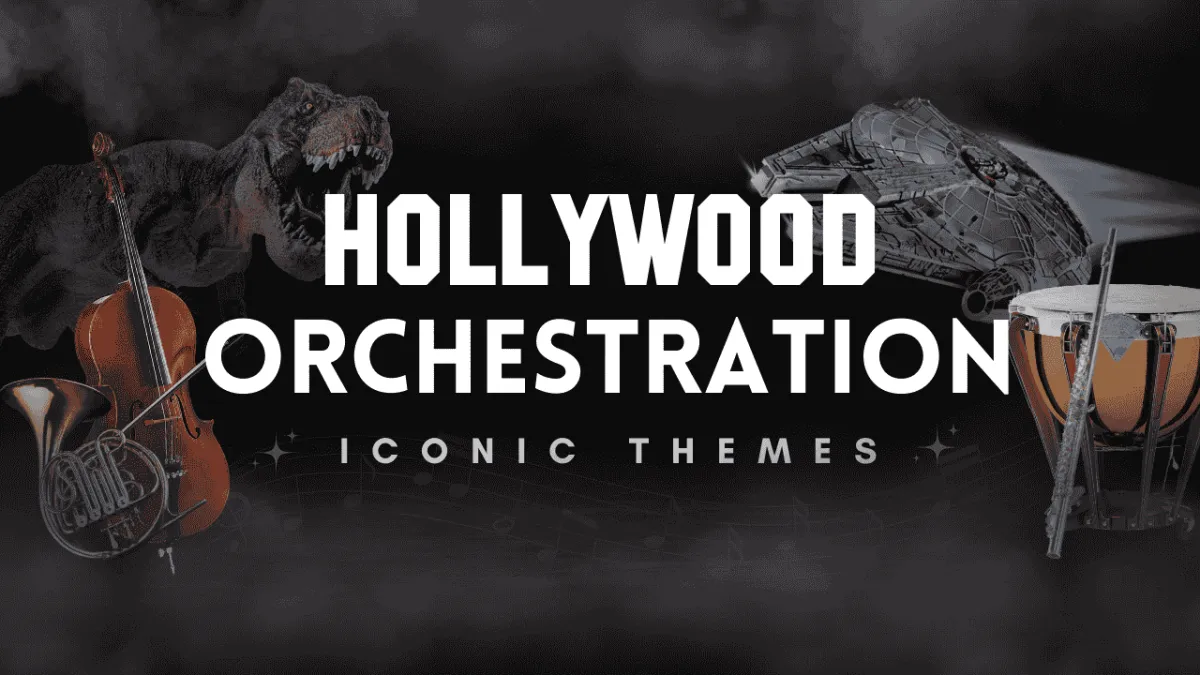
Our Commitment to You
• You’re not alone.
• Teachers to support you.
• A community of more than 15,000 composers like you that had the same struggles you're having now and that are eager to help out.
• Weekly live video chats where you can participate and ask questions.
• Periodic masterclasses with actively working composers, orchestrators, and mixing engineers.
• Go at your own pace. The teachers will always be there to support you.
• Access for life.

Cinematic Composing, LLC is not associated with Facebook or Facebook, Inc.
FOR SUPPORT ISSUES OR QUESTIONS, PLEASE EMAIL US AT [email protected]
Copyright © 2025• Cinematic Composing • A Cinematic Composing LLC Brand • All Rights Reserved • Lake Forest, CA